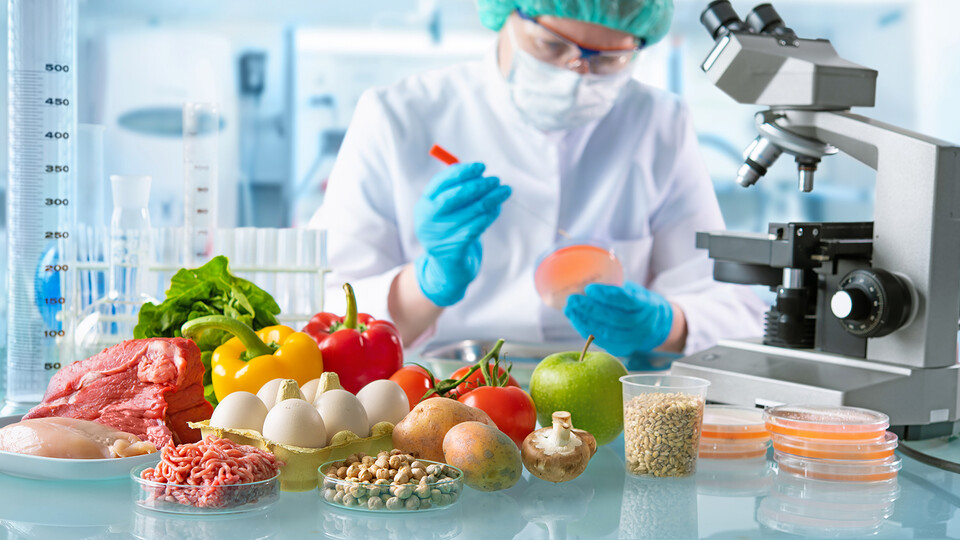Food Science and Technology,

Department of Food Science and Technology: Faculty Publications
Document Type
Article
Date of this Version
2019
Citation
Published in Journal of the American Oil Chemistry Society 96 (2019), pp 147–158.
doi 10.1002/aocs.12171
Abstract
The use of solid fats is challenging due to difficulty in incorporating into foods, handling during industrial food production, and relatively high-calorie contributions. The objective of this study was to form free-flowing and low-density hollow microparticles from nonhydrogenated fats, namely, butter and fractionated palm oil, using a novel method based on atomization of a carbon dioxide (CO2)- expanded lipid mixture. The melting point of the fractionated palm oil decreased from 66.2 to 47.3°C above 120 bar in the presence of pressurized CO2. The density of the particles decreased five-folds compared to that of the original oils. The average particle size D [4,3] decreased from 67.0 to 27.1 μm when the concentration of fractionated palm oil was increased from 50% to 100%. The hollow structure was more pronounced for the particles obtained from higher melting oils/oil blends, as well as with more spherical uniformity. Ten percent (d10%) and 50% (d50%) of the palm oil particles were smaller than 4.5 and 23.0 μm, respectively, whereas they were 14.5 and 58.3 μm when mixed with butter at 50% butter concentration, respectively. Polymorphic form of α was more pronounced in the solid lipid particles, indicating that they had a less-ordered crystalline structure than the original oil. This new method forms low-density and free-flowing lipid powders that make the handling and storage of solid lipids feasible and convenient, and may provide reduced fat usage and calorie intake, and more rapid oil melting in mouth.


Comments
Copyright © 2018 AOCS; published by Wiley. Used by permission.